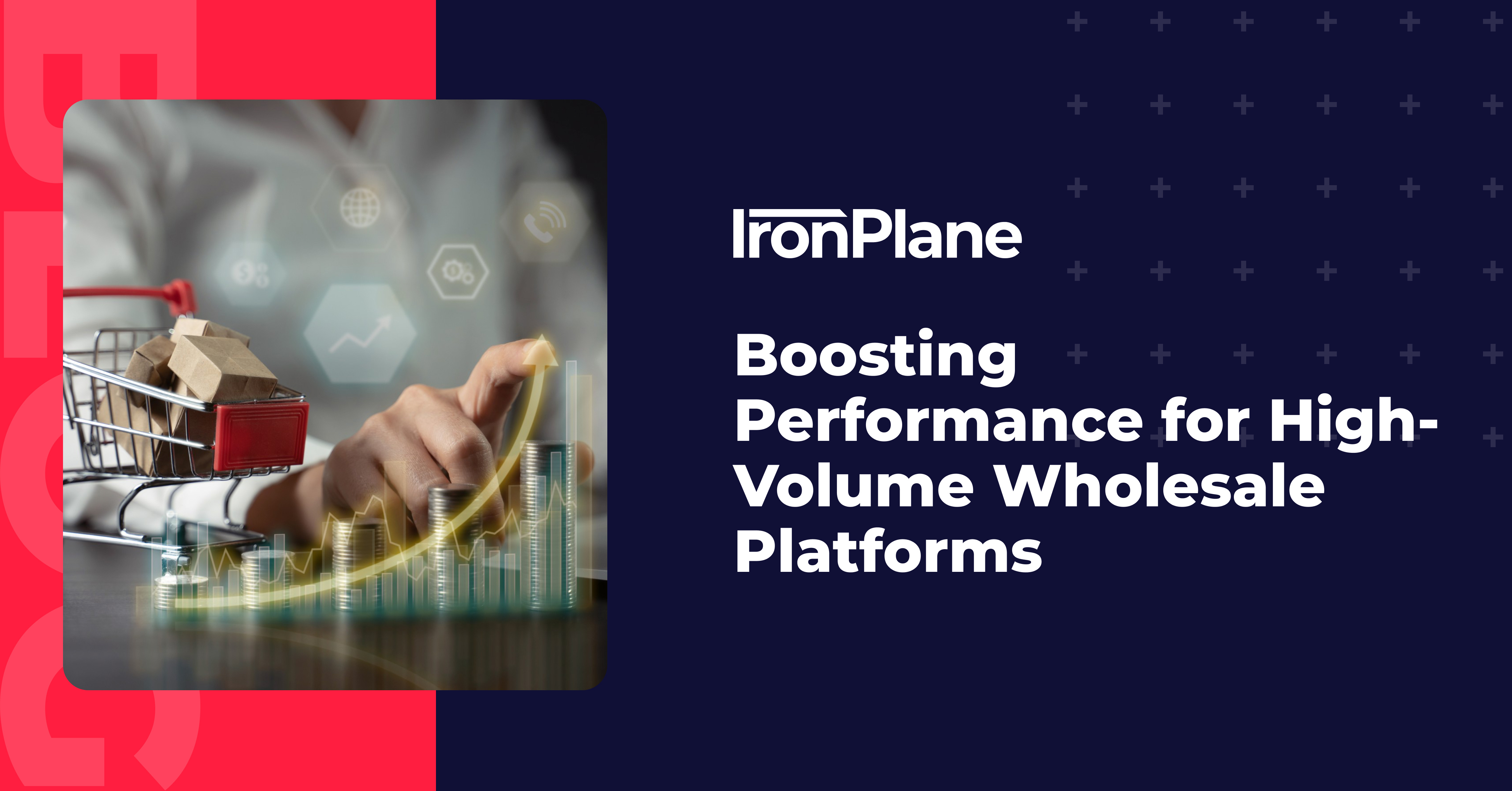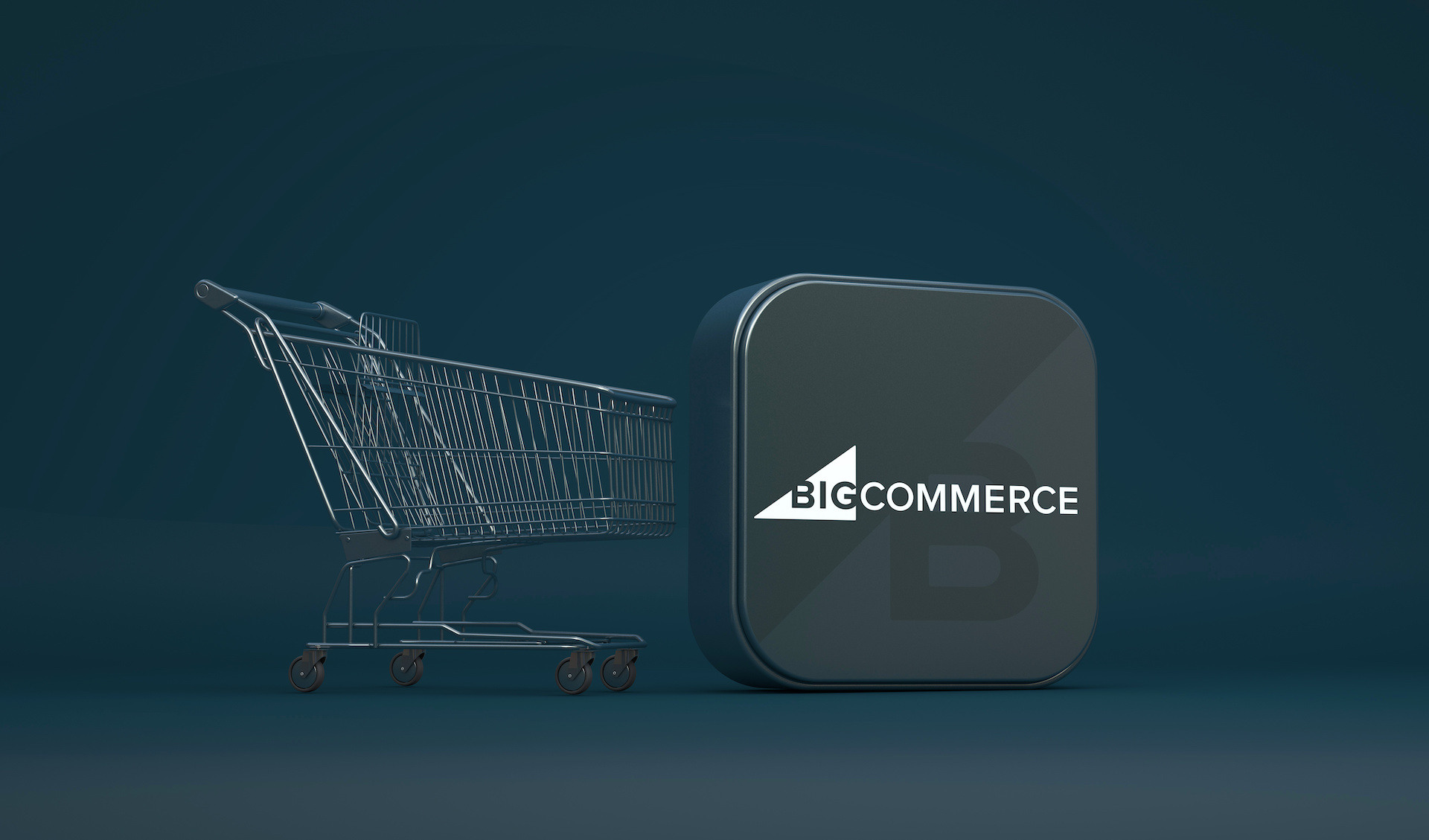Which is the Best eCommerce Platform for Manufacturers?
We set out to analyze five leading eCommerce platforms and explore the specific features that make them suitable for manufacturing businesses.

Wholesale platforms face unique challenges when it comes to performance optimization. With large catalogs, high transaction volumes, and complex B2B requirements, these platforms need robust strategies to ensure smooth operations and satisfied customers. Let's explore some key performance optimization strategies for high-volume wholesale platforms, looking at how to balance speed, efficiency, and scalability to meet the demands of modern B2B eCommerce.
| Aspect | Key Points |
|---|---|
| Infrastructure | - Scalable hosting solutions - Content Delivery Networks (CDNs) - Database optimization |
| Platform-Specific | - Utilize Adobe Commerce features - Custom module development - Implement effective caching strategies |
| User Experience | - Streamline ordering process - Enhance product search and filtering - Personalize customer experience |
| Inventory Management | - Real-time inventory updates - Efficient order processing - Integration with business systems |
| Security | - Strong encryption measures - Compliance with industry standards - Robust fraud prevention tools |
Wholesale platforms are different from regular online stores. They deal with big orders, lots of products, and business customers who have special needs. eCommerce audits can help you understand how your platform is doing and where it can get better. These audits are crucial for identifying bottlenecks, assessing current performance, and creating a roadmap for optimization.
These platforms need to handle:
All these factors can significantly impact platform performance if not properly optimized. That's why performance optimization is critical for the success and scalability of wholesale eCommerce platforms. It directly affects user experience, operational efficiency, and ultimately, the bottom line of both the platform provider and its business customers.
To ensure your wholesale platform is operating at peak efficiency, it's crucial to monitor and analyze specific performance metrics. These indicators provide valuable insights into the platform's health, user experience, and overall business performance. Let's explore the key metrics that deserve your attention:
| Metric | Description | Importance | Status |
|---|---|---|---|
| Load Time | How fast pages open | Critical | High Priority |
| Server Response Time | How quickly server answers requests | High | Medium Priority |
| Throughput | Number of orders system can handle at once | High | Medium Priority |
| Inventory Accuracy | Ensuring stock numbers are always correct | Critical | High Priority |
| Catalog Performance | Speed of loading large product catalogs | High | Medium Priority |
| Pricing Calculation Speed | Time taken to calculate complex pricing structures | Medium | Low Priority |
| ERP Integration Efficiency | Smoothness of integration with business systems | High | Medium Priority |
Here are some of the most critical metrics to monitor and their significance in the context of wholesale eCommerce:
Consistently monitoring these metrics helps you identify potential issues before they escalate into major problems. It also provides valuable insights for continuous improvement, allowing you to fine-tune your platform for optimal performance and customer satisfaction. Regular performance audits, using tools like Google Analytics, New Relic, or platform-specific monitoring solutions, can help you stay on top of these crucial indicators.
To ensure your wholesale platform runs smoothly and efficiently, it's crucial to build a strong technological foundation. This foundation should be capable of handling high volumes of traffic, processing complex transactions, and scaling seamlessly during peak periods. Here are some key strategies to optimize your platform's infrastructure:
Selecting the right hosting solution is paramount for wholesale platforms. Magento hosting services, for example, can provide the power and flexibility wholesale platforms need. When choosing a hosting solution, consider the following factors:
Implementing a CDN can significantly improve your website's load times for customers across different geographical locations. CDNs work by storing cached versions of your site's static content on servers worldwide, reducing the distance between the user and the server. Benefits of using a CDN include:
Your database is the backbone of your wholesale platform, storing critical information about products, orders, and customers. Optimizing your database can lead to significant performance improvements across your entire platform. Consider these database optimization techniques:
Adobe Commerce, formerly known as Magento, is a popular choice for wholesale platforms due to its robust features and flexibility. To maximize the performance of your Adobe Commerce-based wholesale platform, consider the following optimization strategies:
Adobe Commerce offers several built-in features specifically designed for B2B and wholesale operations. Utilizing these features can significantly enhance your platform's functionality and performance:
While Adobe Commerce offers a wide range of out-of-the-box features, custom modules can provide tailored solutions to meet specific wholesale requirements. Adobe Commerce experts can develop custom modules that:
Effective caching is crucial for maintaining high performance on wholesale platforms with extensive product catalogs. Adobe Commerce offers several caching mechanisms that can be optimized for wholesale operations:
The quality and efficiency of your platform's codebase play a crucial role in its overall performance. Implementing code optimization techniques and adhering to best practices can lead to significant improvements in speed, scalability, and maintainability. Here are some key strategies to optimize your wholesale platform's code:
Implementing and enforcing consistent coding standards across your entire platform is crucial for maintainability and performance. This practice ensures that all developers working on the project follow the same guidelines, leading to more efficient and easier-to-maintain code. Consider the following:
Systematic code reviews by experienced developers can significantly improve code quality and identify performance bottlenecks. Implement a robust code review process that includes:
Efficient database queries are crucial for maintaining high performance, especially when dealing with large product catalogs and high transaction volumes. Consider these optimization techniques:
Optimizing the user experience for wholesale buyers is crucial for the success of your platform. B2B customers often have specific needs and expectations that differ from regular retail consumers. Here's how to enhance the user experience for wholesale buyers:
Efficiency is key for wholesale buyers who often need to place large, complex orders quickly. Implement features that simplify and speed up the ordering process:
With extensive product catalogs, robust search and filtering options are essential for helping wholesale buyers find exactly what they need:
Tailoring the shopping experience to each wholesale customer can significantly improve efficiency and satisfaction:
Optimizing your eCommerce store for conversions is key to turning visitors into customers. For wholesale platforms, this means focusing on features that streamline the buying process and cater to the specific needs of B2B purchasers.
Performance optimization for high-volume wholesale platforms requires a comprehensive approach that addresses multiple aspects of the platform's operation. From robust infrastructure solutions and effective caching strategies to streamlined user experiences and efficient code practices, each element plays a crucial role in creating a successful B2B ecommerce environment. The implementation of scalable hosting solutions, content delivery networks, and optimized database structures forms the foundation, while platform-specific optimizations and custom development work enable the specialized functionality that wholesale buyers expect.
The key to maintaining high performance lies in continuous monitoring and improvement of critical metrics, including load times, server response times, and inventory accuracy. By focusing on these metrics while implementing user experience enhancements like streamlined ordering processes and advanced search capabilities, wholesale platforms can better serve their business customers' needs. This balanced approach to optimization, combined with regular audits and updates, ensures that wholesale platforms can handle high transaction volumes while providing the specialized features and efficiency that B2B buyers demand in today's digital marketplace.

We set out to analyze five leading eCommerce platforms and explore the specific features that make them suitable for manufacturing businesses.

B2B eCommerce businesses need powerful platforms to manage their operations and deliver memorable customer experiences — BigCommerce can be the solution.

Explore the benefits of Magento B2B development and learn how B2B companies turn to the platform for increased efficiency and higher conversion rates.